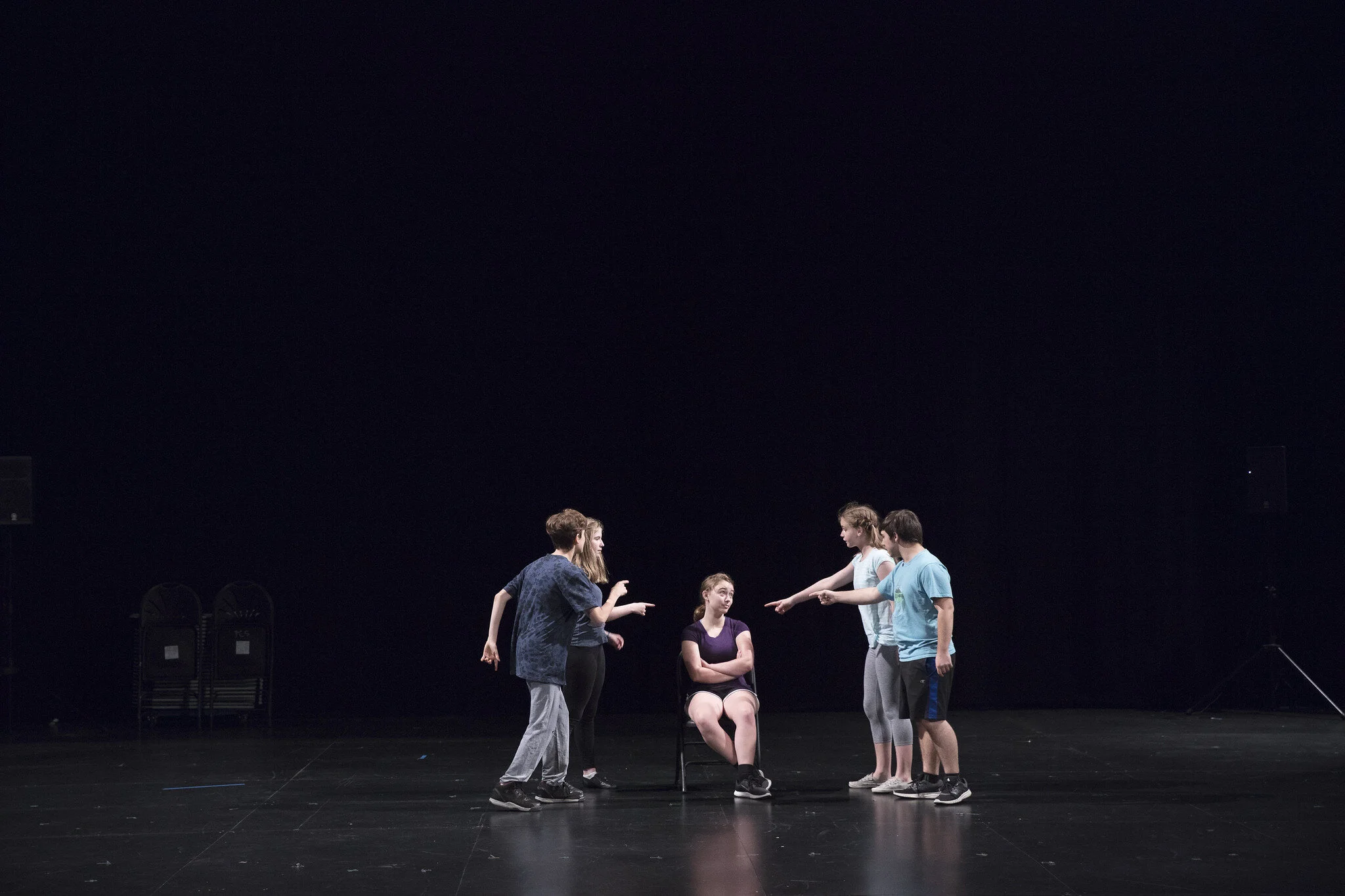Shaping the Public Programming Offer
August 2022
This article is related to a recently completed custom research project ABA conducted on behalf of a museum member. Our research team is always delighted to speak with members about tailoring research projects to your organization. To learn more or submit a custom research request, simply contact your member advisor or email us at info@advisoryarts.com.
How can arts organizations design, structure, and evaluate public programming to attract diverse new audiences to their spaces? This question, from an ABA member, kicked off a research project that included interviews with 11 institutions across the United States to understand best practices for setting up and executing an effective calendar of public programs.
In our exploration, we found three key principles to follow when designing programs for diverse public constituencies.
1. Motivations are more effective than demographics.
Arts institutions tend to organize their program offerings by demographics — youth, early education, families, adults, and so on. Yet for some of these categories, a demographic segmentation can be limiting, or even misleading.
For example, consider a “young adults” segment, between the ages of 20-30. Individuals in this group will have varied education and income levels. Some may be single, others may have young families. Each will have a different degree of arts exposure and interest. So designing experiences that genuinely attract this entire demographic will be nearly impossible.
Instead, we recommend focusing on motivations — especially when designing programs for such broad groups. By selecting motivations to prioritize in building an event or class, you can focus on what audiences want to experience rather than assume what they want to learn. ABA’s audience research provides six distinct arts motivations to keep in mind during program design.
Image source: Advisory Board for the Arts
2. Skill building helps attract — and retain — attendees.
One of the most common challenges our interviewees expressed was how to not only attract new attendees to programs, but to retain them for multiple visits. We found that the organizations who reported the most success in this area were those whose programs focused on fostering habits and building skills.
Programs with regular cadences that happen on a monthly basis or regular thematic tours can help build audience habits. Additionally, having events happen on a regular basis can go a long way to ingrain the event in audiences’ minds and schedules while also building anticipation for the next edition. These events can also support community connections with other visitors who might share interests and loyalty to specific programs.
Programs that involve some elements of skill building and mastery can serve several motivation segments eager to experience new things, like mastery builders, social samplers and willing companions. Structured programs can support first time attraction and retention. Additionally, having programs for all ages can also build life-long learners and the next generation of patrons.
Image source: Andy Kelly (via Unsplash)
3. Simplicity is key when marketing your programs.
Especially in the crowded post-pandemic digital landscape, advertising your full variety of programs can be challenging.
At the Amon Carter Museum of American Art in Fort Worth, Texas, the marketing department flagged that it was very difficult to advertise the wide range of public programs offered in a way that stuck with attendees.
To solve this challenge, the education and marketing departments reformatted their disparate programs into “Second Thursdays.” This recurring monthly event was easier to market and more attractive to museum-goers who could build a consistent habit of attendance, knowing they would find a new experience waiting for them each second Thursday of the month.
The team received positive feedback from both regular and new visitors about how excited they were about these monthly events, which seemed fresh and new just by this change of communication — with no additional work needed to adjust the structure of the events. Creating a simple frame for your programs can be far more memorable for your audiences.
Image source: Amon Carter Museum of American Art
ABA members can access the full report of this research, which includes findings on how to structure your programming team, track metrics effectively, and understand the role of digital technology in public programs. Click here to download.





